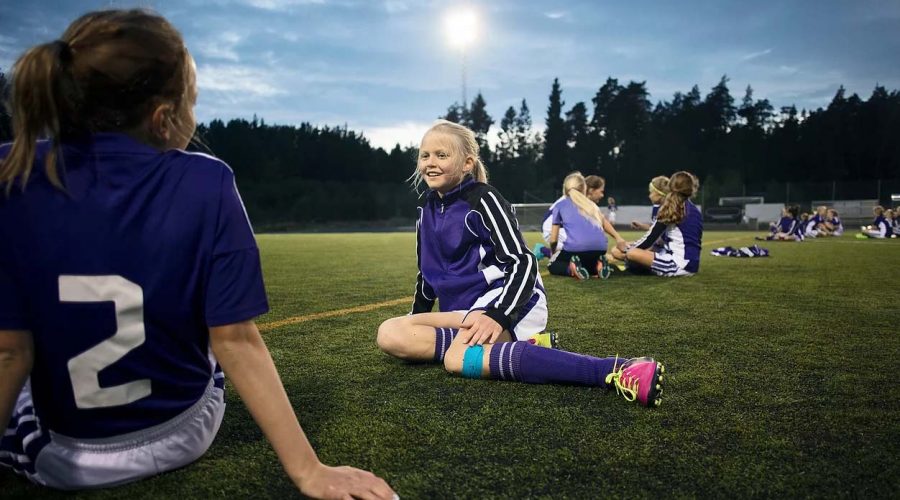Good news girls, if you want to play World Cup soccer and be paid a million dollars-plus for it, then you can. One day.
That’s one of the conversations I had with my daughters recently as we kicked the ball around the backyard and pretended that we were soccer stars after watching the United States win the Women’s World Cup for the fourth time.
It’s a conversation I’d never had with them before, and as a little girl myself, it was one typically reserved for my brothers, so I just didn’t go there.
But today I feel this could one day be possible for both genders and as a parent, that brings me joy.
According to the Australian Bureau of Statistics (ABS) Employee Earnings and Hours report published in May, there’s been a 152 percentage point improvement in the pay disparity between men and women over the past 2 years.
In 2018, the gender pay gap in the average weekly cash earnings for sportspersons stood at 14 per cent, reflecting $692.20 for men and $605.50 for women.
Interestingly the median age of female sportspersons is 26 years compared to 24.8 years for men.
Of course these weekly cash earnings are tiny when compared to high profile male sports stars.
Consider Basetballer Ben Simmons, who’s new deal with the Philadelphia 76ers is reportedly worth $244.8 million Australian dollars or close to $50 million Australian per year.
This will make Simmons the highest-paid Australian athlete of all time.
What is clear is that change is afoot on the sports pay front and we are likely to see the gender pay gap continue to narrow if recent data and world events have anything to do with it.
But the true turning point in the economic equality of sports will be when we start reporting that a woman is now the highest paid athlete of all time… wouldn’t that change backyard banter for ever!
The latest sportsperson gender pay gap is however in line with the national average for full-time working adults across all industries, which at the start of this year fell to 14.1 per cent, from 14.6 per cent six months earlier.
The average full-time working woman earned $1455.80 a week as of November last year, which is about $240 less that the $1695.60 earned by the average full-time working man each week.
It is however possible that sportspersons held more than one job while earning their income, which means the average full-time wage comparison won’t be a strict like-for-like comparison.
In 2016, the sportsperson gender gap was a significant 166 per cent with male sportspersons earning $951.90 per week on average, while females earned $357.50.
The data from the ABS takes into account a wide range of sportspersons from National Rugby League Players to even Life Savers – which because of their employers and nature of their work fit under this definition.
The ABS also cautions that like a lot of it’s data, the figures have a higher degree of error for women in particular because of the smaller sample size collected from female sports organisations.












